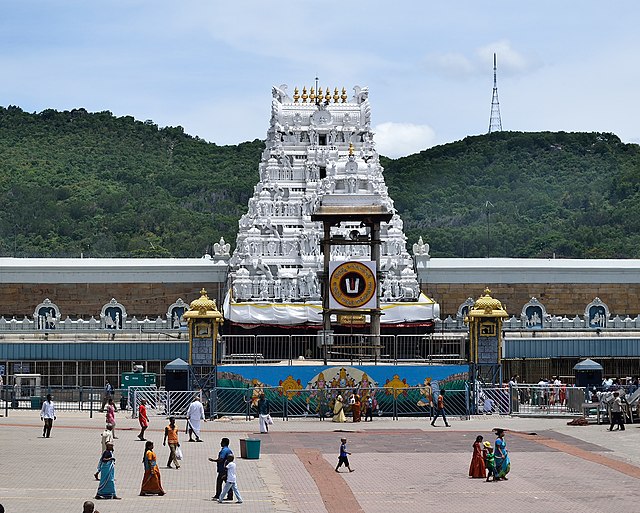Yatra, in Indian-origin religions, Hinduism, Buddhism, Jainism and Sikhism, generally means a pilgrimage to holy places such as confluences of sacred rivers, sacred mountains, places associated with Hindu epics such as the Mahabharata and Ramayana, and other sacred pilgrimage sites. Visiting a sacred place is believed by the pilgrim to purify the self and bring one closer to the divine. The journey itself is as important as the destination, and the hardships of travel serve as an act of devotion in themselves.
Pilgrimage to Kedarnath
48 kos parikrama route related to Krishna and Mahabharata in and around Kurukshetra in Haryana.
Pilgrims crossing a narrow bridge to the holy shrine of Amarnath.
Kesi Ghat in vrindavan in the Yamuna River.
Hindu pilgrimage sites in India
In Hinduism, the yatra (pilgrimage) to the tirthas has special significance for earning the punya needed to attain the moksha (salvation) by performing the darśana, the parikrama (circumambulation), the yajna, the Dhyana, the puja (worship), the prarthana, the dakshina, the seva, the bhandara, etc. These sacred places are usually located on the banks of sacred waters, such as sacred rivers or their tributaries, the kundas, the ghats, or the stepwells, or the temple tanks.
Kedarnath Temple in Himalayan Mountains, Uttarakhand
Evening prayers at Ganga river (Har-Ki-Pauri) in Haridwar
Ram Janmbhoomi Mandir, Ayodhya Dham
Tirumala Venkateswara temple entrance








